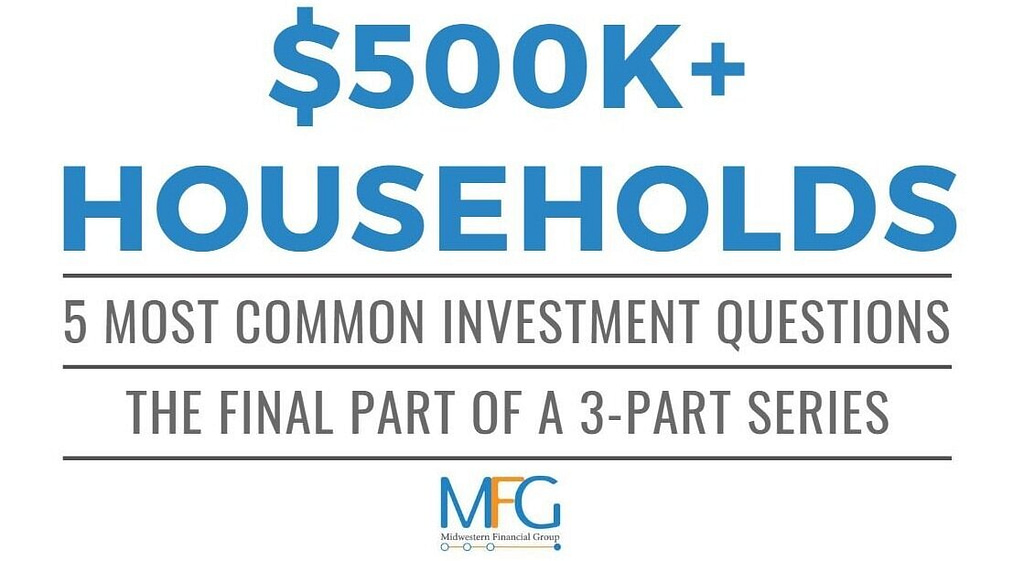In November 2008, the U.S. Federal Reserve embarked on a bond-buying program that became infamously known as ‘quantitative easing’ or ‘QE,’ for short. In addition, the Federal Reserve lowered the federal funds rate to stimulate growth.
Now, as QE is winding down, we are debating when the Federal Reserve should begin raising federal funds rate.

The chart above shows the movement of the fed funds rate, which is set by the Fed as the rate at which banks can borrow for overnight lending. By proxy, it generally sets the level of other interest rates and thus, a low fed funds rate is seen as stimulant for the economy.
There are now worries raising the rate will hurt the economy, slowing down borrowing and derailing U.S. growth right as it is finally starting to gain stream.
Raising rates will push the dollar value higher, as well and as interest rates around the world decline, rising rates in the U.S. will make assets here more attractive and drive up the value of the U.S. dollar. Many economists argue a high-valued dollar will make U.S. products less competitive in a global economy, reducing revenue and profits for U.S.-based companies who do business around the world.
These arguments are important and have merit, however, the risks of not raising rates are even more important.
Over and over again, commentators say it’s hard to obtain a loan for small and midsize business as well as for those looking for homes. But banks need to earn money to justify taking risks with these loans. A slight rise in rates would be a major benefit even though it would eliminate access to those who cannot afford a 0.50% increase on the loan they want.
As for the strength of the dollar, a strong dollar leads to investment in America and if capital is led to America because of this it is hard for me to find negatives in that. Also, with oil priced in dollars around the world, a strong dollar can put a cap on the increase in oil, a positive for the U.S. consumer.
Our housing market derivatives halted the world economy. In response, our Federal Reserve lowered rates, which provided stability around the globe. It is now our responsibility to begin normalization.
Whether it begins this spring or this summer, Americans should applaud the change and get ready for the next leg of this bull market.



